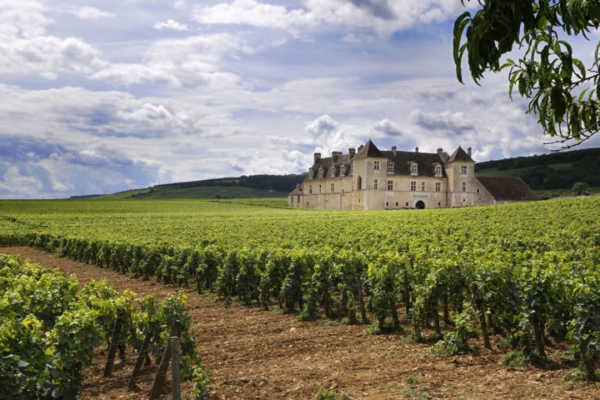
The place names Bordeaux and Burgundy may be the most well-known in the wine world. Even people with no wine experience at all know of them and with good reason. Each began its wine-obsessed life shortly after the Roman conquest of what is today France; Each is mainly famous for its red wine; Each is a prime object of interest to connoisseurs and collectors.
It’s nice to know your Burgundy from your Bordeaux, but it is even better to understand that these two famous regions take quite different approaches to the question of how fine wine should be made.
From the beginning, Bordeaux, sited within easy seagoing reach of lucrative English markets, took an aggressively commercial approach. English and Anglo-Irish merchants set up on the city’s wharves where they could collect the wine they bought from smallholders in the high country upriver, quickly blend it into the generic light-bodied red wine the British knew as claret and ship it in the nick of time for Christmas.
Branded wine got its start here, with merchants blending wine from many subregions, vineyards, varietals and vintages, into a single wine identified by the broker’s name. Where the wine was sourced was not initially a matter of interest to anyone except the brokers themselves. The aim being to make wine in a recognizable house style, as consistent from year to year as artful blending could achieve, while maintaining opacity with respect to sources. Only insiders know the details of how the wine is put together, and they’re not talking.
Meanwhile, in Burgundy, a culture of wine was taking shape quite at odds with the Bordeaux model. Here, vineyards had been established under the auspices of religious houses whose monastic inmates were under an obligation to offer up to God not just their prayers but their labor, too. The Church’s strategy was vertical integration: It owned and farmed the vineyards, put up the wine, and made substantial, longterm capital investments in research, infrastructure, and quality control. It kept careful records, had a long institutional memory, and enjoyed a loyal, wealthy clientèle.
By the high middle ages, Burgundy’s top sites had been largely mapped and individual plots we still know as crus identified, each known to impart a distinctive character to wine made from its grapes. It seemed a pity (if not actually sacrilegious) to dilute their distinctiveness by blending; Pinot Noir and Chardonnay having been established early on as kings of the hill for reds and whites, respectively
In theory at least, the sources of fruit for the better sort of Burgundy were transparent to purchasers, so identified on a label. Today we would call these vins de terroir — wines with a fine-tuned sense of place.
The pictures I’ve sketched here are quite a bit tidier than the reality (Burgundy has its broker operations, too), but true enough to serve as useful conceptual guideposts. The point is that history presents us with a pair of bookends that pretty much comprehend the world of wine as we know it. On the one hand, an approach that strives to produce an appealing, drinkable, stylistically even wine from year to year despite the vagaries of weather, yield, disease, and vine age; on the other, one that glories in particularity, diversity, variability, and the nuanced differences apparent, in many cases, only to experts.
It’s no accident that it’s the Bordeaux pole that larger-scale, more commercially oriented producers are attracted to. After all, consistency is the very hallmark of the branded product whether we’re talking peanut butter or Pinot Grigio. In the same way, it makes sense that smallholders and artisanal producers want to put the focus on their strong suits: individuation, a nontechnical approach, family ownership, a instinctive distaste for anything corporate. It needs to be said that both models are capabale of producing very fine wine indeed.
But is it really possible to confuse them? In my experience, it’s much more likely to happen if the wines in question have some bottle age on them — age tending to flatten the varietal and regional distinctions in ways that can be alarmingly destructive of an expert’s self-esteem. The challenge is captured beautifully by a bon mot that has been circulating in wine circles for God knows how long.
Question to wine expert: Ever mistaken Burgundy for Bordeaux?
Expert answer: Not since lunch.